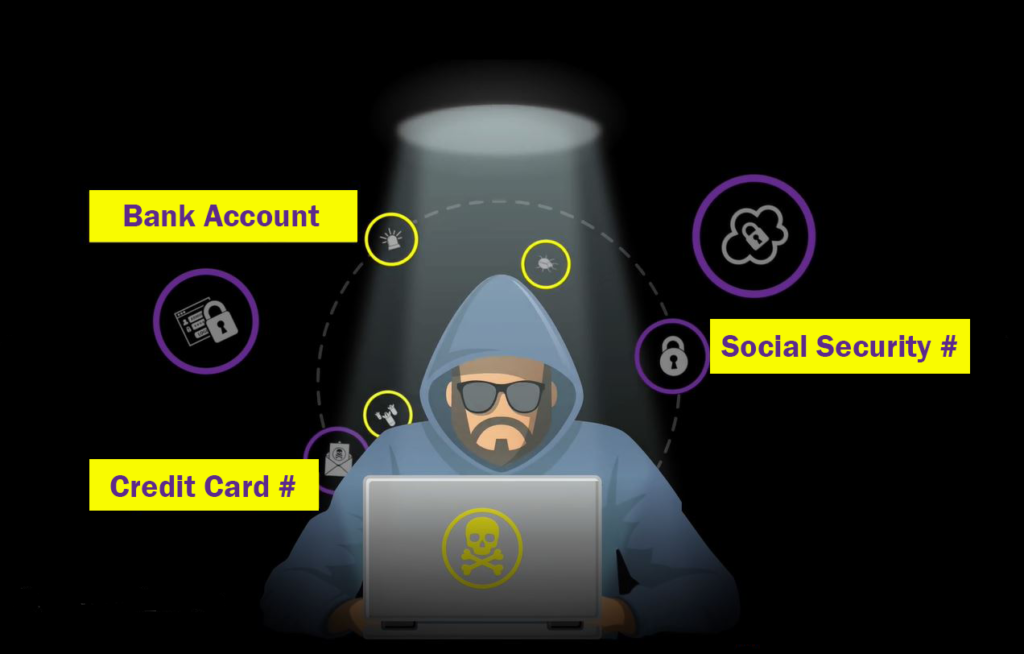Let the Data Talk
“Let the Data Talk”
Nick Vass, J29 Inc.
As companies continue to navigate through unchartered territories in remote work environments, it’s important for some of our teams to stay true to the countless acts that led our success to where it is. While the way we do business has been changed in the moment, the question of how we came to that decision-making process will stay true – by letting data have a seat at the table.
What does this mean? For our team at J29, we like to live by the phrase, “let the data talk.” While cliché at first, it’s important for us to stay true to our model of data driven decision making. From the time I first joined J29 to now, there are some key attributes that stand out:
- Robust emphasis on collecting several fields of data
- Consistent investment in improving our tools and skills to comprehend that data
- Commitment to making data widely accessible
- Office-wide willingness to listen to data-driven ideas that come through any level of our organization
Lastly, the continuous dedication to decisions being driven by data has always been an ongoing improvement. Simply put, our team strives to make sure that data silos are addressed and resolved before critical problems arise. Data silos can be cultural, technological, or even structural-based inadequacies in any department or organization. More times than not, a silo in place causes wasted resources and limited productivity to take care of a company’s most important asset – data.
Data silos prevent teams from seeing the bigger picture, and more importantly being able to have continued data-driven decision making. For J29, a data silo can prevent us from recognizing a security threats sooner and analyzing traffic for unusual patterns. By definition, a data silo is when only one team is able to access a certain data set or source of that data – creating inefficiencies when cross-collaboration and wide-spread project involvement is necessary.
Currently, J29 is supporting a state-of-the-art data consolidation project revolving around integrations to the State of Maryland’s new Total Human-service Integrated Network (MD THINK) platform. This revolutionary platform will be the first of its kind in the United States, thus solving a data silo issue of Maryland’s Social Service Administration, Family Investment Administration, and Child Support Administration not being able to cross reference data sets in dire times of need. Prior programs were buried deep in conflicting architectures, resulting in massive spending’s on maintenance and restrictions for modifications. Coming full circle with J29’s MD THINK works, the importance of having data drive your team is validly crucial to success. In the case of Maryland, a joint human-service decision to having data on a single, integrated platform will allow user groups access to a modernized cloud-based platform – eliminating duplicate data entry and creating a streamlined eligibility enrollment process.
When the final whistle sounds on developments and integrations, over 30,000 Marylanders will have access to more than 65 application environments and 30 AWS products – eliminating previously restricting data silos and allowing data-driven decision making to lead health and human services throughout Maryland.
In conclusion, for J29 we consider data to have a consistent seat at the “table” that allows for our team to deeply analyze where our decisions could, or could not carry us. Our company’s strong commitment to data-driven decision allows a deeper comprehension into what is truly going on and allowing our decisions to be targeted and fact-based, rather than theoretical and estimated.


